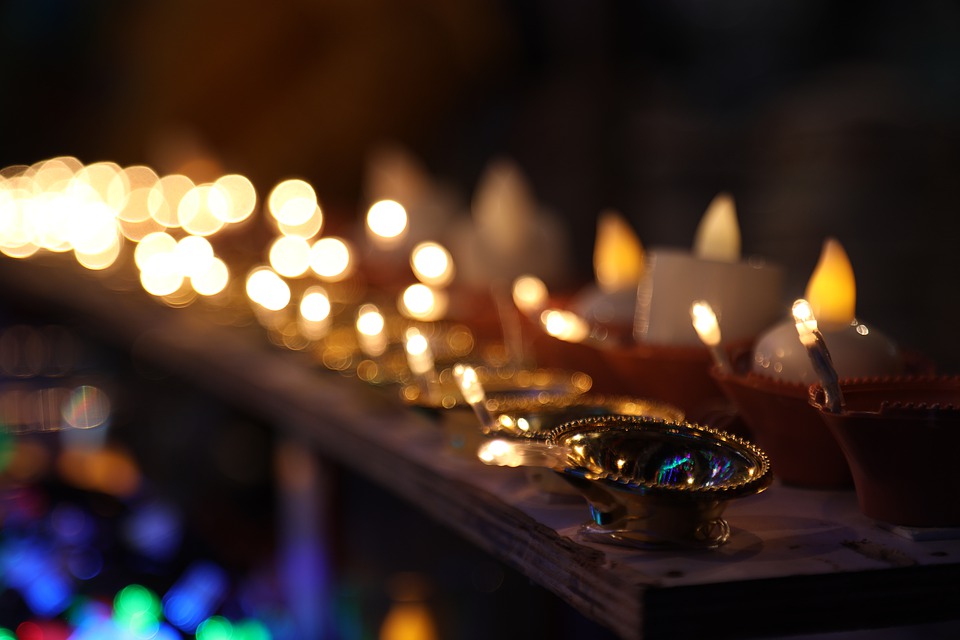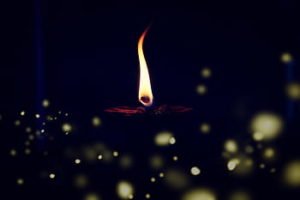Diwali is the festival of lights lit by people to mark their happiness and festive mood. So common is the tradition of decorating your premise with lights that on a Diwali night, it is difficult to find a house devoid of light decoration in an Indian city.
The lights have been a part of this festival from the day it started.
It was the day on which Ram, the Prince of Ayodhya returned to his capital after completing an exile of fourteen years that he voluntarily underwent to honor the word of his father. During this exile, he faced numerous difficulties and overcame them, including a war with Ravan which he won. His return to the capital, where he was very popular, was celebrated by the people of the city. Incidentally, that was a night of the new moon and hence dark. So people lit a lot of lights and decorated their homes with lights, apart from celebrating his return with feasts and joy. As a king, Ram became even more popular and his reign is considered an ideal for all Kings. Thus, people continued to celebrate the day of his return with lights and festivities.
Diwali is derived from the word Deepawali, which literally means rows of ‘deeps’ or lighted earthen oil-filled pots. The name and the tradition have continued for a time that is too long and not fully documented in the way historians would like to have, though it is known that the festival used to be celebrated even two and a half thousand years ago. The story of Ram, contained in the epic of ‘Ramayan’ is also a part of every home and has inspired people during all these millennia.
Traditionally, the lights used to consist of Deepaks.
These are small earthen pots that were called filled with oil and a cotton wick which is then lit. People use new deepaks on Diwali, and before using them for decoration of the house, they are kept and lit in front of the deities with prayers and offerings. In many families, every member lights nine Deepak during the puja. After the religious rituals are over, the family members keep them all around the house, ensuring that no corner is left dark.
Later, many other decorative lights became popular. Different types of decorative earthen pots with provisions for multiple lighting are prepared by rural people are popular in villages. Some use colored cloth or paper to give colored lights. Another popular means for lighting is the candles, which are available in all sizes. Deepak of wax or candles in the shape of Deepak is also very popular among people. The latest means of lighting which is becoming more and more popular every year are electric lighting. These days, electric lights especially prepared for Diwali are available at affordable prices, and unlike deepaks which run out of oil in a few hours, they continue during the whole festival. Thus, modernity in the form of electric lights co-exists with tradition in the form of deepaks lit with oil.
The other interesting aspect of lighting is the markets and shops, which often compete, even literally, to be the best. They often use more sophisticated designed lightings. In many cities, the whole markets is lit with rows of artificial lights placed in different and innovative designs and forms, with blinking and other effects that make the whole place look unique. People often throng to markets to view these lights apart from doing some shopping.
Lights are an essential part of Diwali festivities. They add to the spirit and arouse people to come out and enjoy.







